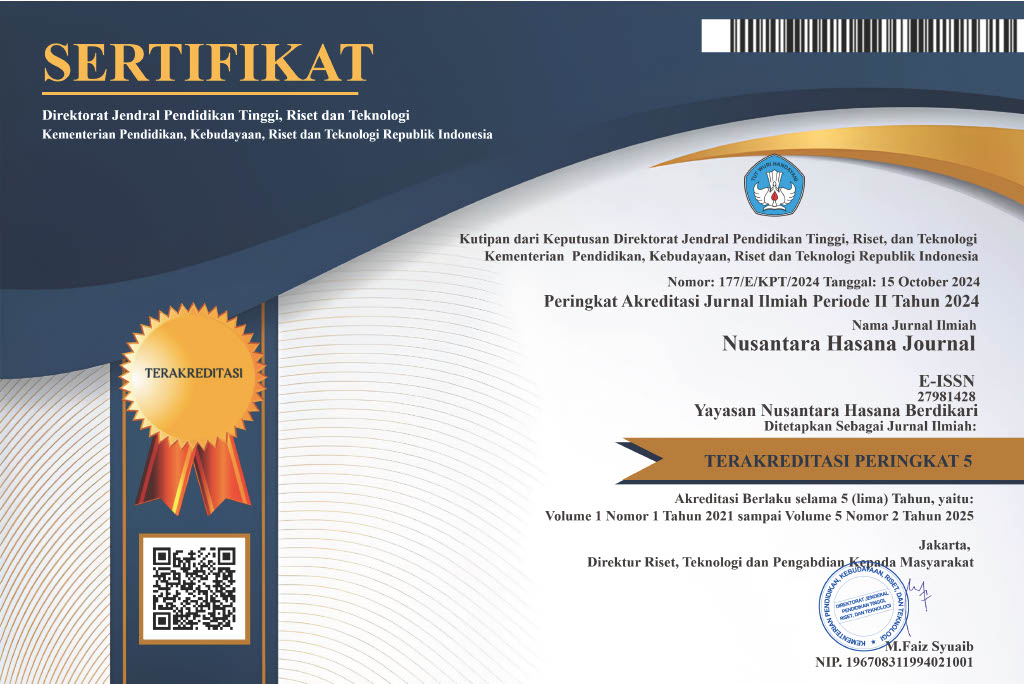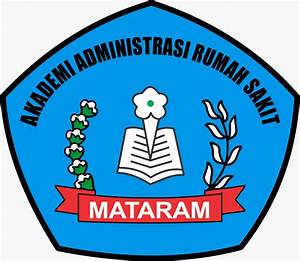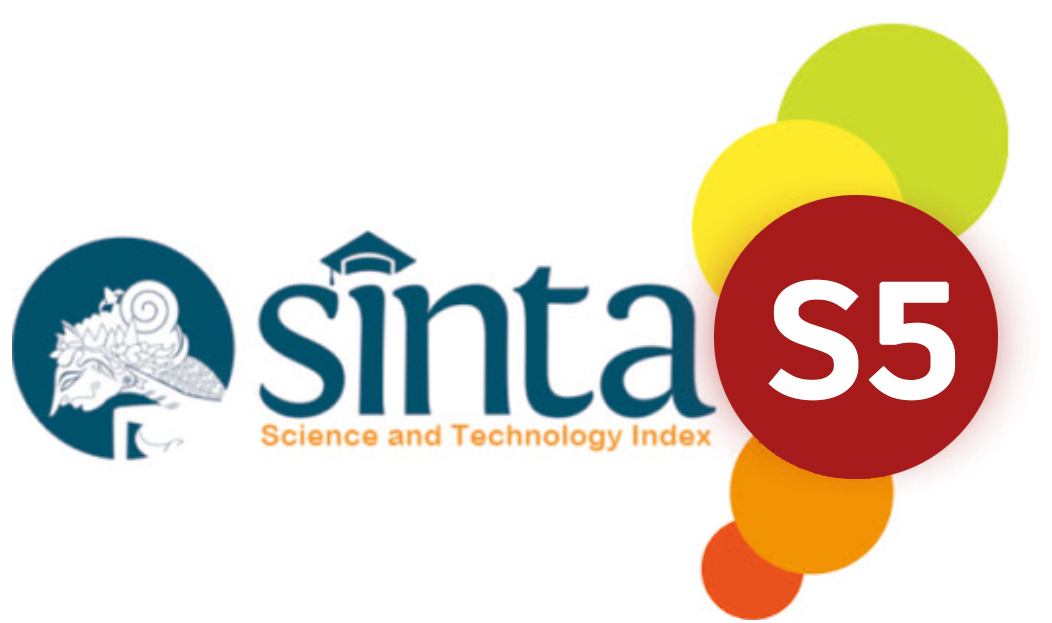PERAN TANAMAN HERBAL SEBAGAI TERAPI TAMBAHAN DALAM PENANGANAN ASMA: TINJAUAN SISTEMATIS LITERATUR
DOI:
https://doi.org/10.59003/nhj.v5i1.1497Keywords:
Herbal plants, adjunct therapy, asthma, anti-inflammatoryAbstract
Asthma is a chronic inflammatory respiratory disease that poses major challenges in its diagnosis and management. Modern asthma therapy has limitations, especially the side effects of synthetic drugs. Therefore, the use of herbal plants as an additional therapy is a potential alternative. This article is a literature review using the systematic review method with the PRISMA diagram. The literature was searched through the Google Scholar and PubMed databases using the keywords "herbal plants", "therapy", and "asthma" for publications in 2014–2024. Articles were selected based on relevant inclusion and exclusion criteria. A total of 15 selected journals discuss various herbal plants that have anti-asthma potential, including black cumin (Nigella sativa), ground cherry (Physalis angulata L.), betel leaf (Piper betle L.), sembung leaf (Blumea balsamifera L.), cubeb fruit (Piper cubeba L.), sedge rhizome (Cyperus rotundus L.), patikan kebo herb (Euphorbia hirta L.), and widuri leaf (Calotropis gigantea). The mechanism of action of these plants involves anti-inflammatory, immunomodulatory activity, as well as reducing inflammatory mediators such as TNF-α, IL-4, IL-5, IL-13, and IgE. Herbal plants have significant potential as additional therapy for asthma through anti-inflammatory and immunomodulatory mechanisms. Further research in the form of clinical trials is still needed.
Downloads
References
Amanulloh, M. and Krisdayanti, E. (2019). Black Jintan as an Immunomodulator and Anti Inflammation in Asma Patients. Jurnal Kesehatan, 5 (2), pp.1–8.
Amaral-Machado, L., Oliveira, W.N., Moreira-Oliveira, S.S., Pereira, D.T., Alencar, É.N., Tsapis, N. and Egito, E.S.T. (2020). Use of Natural Products in Asthma Treatment. Evidence-Based Complementary and Alternative Medicine, pp.1–10.
Boskabady, M.H., Keyhanmanesh, R., Khamneh, S. and Ebrahimi, M.A. (2011). The effect of Nigella sativa on inflammatory and oxidative stress in asthmatic animal model. Iranian Journal of Basic Medical Sciences, 14 (6), pp.467–473.
Fadhli, H., Ruska, S.L., Furi, M., Suhery, W.N., Susanti, E. and Nasution, M.R. (2023). Ciplukan (Physalis angulata L.): Review Tanaman Liar yang Berpotensi Sebagai Tanaman Obat. Jurnal Farmasi Indonesia, 15(2), pp.134–141.
Hashmi, M. and Cataletto, M. (2024). Asthma. StatPearls. Available at: https://www.ncbi.nlm.nih.gov/books/NBK499857/ [Accessed 18 Jun. 2025].
Kocaadam, B. and Şanlier, N. (2017). Curcumin, an active component of turmeric (Curcuma longa), and its effects on health. Critical Reviews in Food Science and Nutrition, 57(13), pp.2889–2895.
Ko, S.J., Lim, H.S., Kim, K.H., Kim, K.S., Shin, S.H. and Lee, J.H. (2016). Quercetin suppresses histamine and inflammatory cytokines production from activated human mast cells. Korean Journal of Physiology & Pharmacology, 20 (6), pp.641–647.
Lady, D., Handoyo, Y. and Rahman, F. (2024). Potency of Widuri Leaves Extract (Calotropis gigantea) as Topical Antiinflammatory. Jurnal Farmasi Tinctura, 5(2), pp.58–64.
Mondal, S., Varma, S., Bamola, V.D., Naik, S.N., Mirdha, B.R., Padhi, M.M., Mahapatra, S.C. and Mukhopadhyay, S. (2019). Double-blinded randomized controlled trial for immunomodulatory effects of Tulsi (Ocimum sanctum Linn.) leaf extract on healthy volunteers. Journal of Ethnopharmacology, 236, pp.36–42.
Pan, M.H., Lai, C.S., Ho, C.T. (2018). Anti-inflammatory activity of natural dietary flavonoids. Food & Function, 1(1), pp.15–31.
Putri, L. et al. (2022). The Potential of Betel (Piper Betel L.) As Anti-Asthmatic. USADHA: Jurnal Integrasi Obat Tradisional, 2 (1), pp.1–6.
Rasool, M., Malik, A., Basit, A., Naeem, M., Rafiq, M. and Khan, S. (2022). The therapeutic potential of Glycyrrhiza glabra L. in respiratory tract infections: A review. Phytotherapy Research, 36 (8), pp.3107–3120.
Ratnawati, G., Damayanti, K., Nugroho, A.E., et al. (2021). The Activity of Herbs as H1 Receptor Antagonist, Smooth Muscle Relaxant, and Inhibitor of Mast Cell Degranulation as Antiasthmatics. Jurnal Kefarmasian Indonesia, 11 (2), pp.132–141.
Rizki, M.I., Chabib, L., Nabil, A. and Yusuf, B. (2015). Tanaman dengan Aktivitas Anti-Asma. Jurnal Pharmascience, 2(1), pp.1–9.
Singh, S., Dubey, V., Sharma, R. and Jain, D.K. (2016). Andrographis paniculata: A review on ethnopharmacological and pharmacological activities. International Journal of Pharmaceutical Sciences and Research, 7 (6), pp.2279–2290.
Upadhyay, A.K., Kumar, K., Kumar, A. and Mishra, H.S. (2017). Tinospora cordifolia (Willd.) Hook. f. and Thoms. (Guduchi) – validation of the Ayurvedic pharmacology through experimental and clinical studies. International Journal of Ayurveda Research, 1 (2), pp.112–121.
Downloads
Published
How to Cite
Issue
Section
License
Copyright (c) 2025 Nazwa Aliefia Adzani

This work is licensed under a Creative Commons Attribution-NonCommercial-ShareAlike 4.0 International License.
NHJ is licensed under a Creative Commons Attribution-NonCommercial-ShareAlike 4.0 International License.
Articles in this journal are Open Access articles published under the Creative Commons CC BY-NC-SA License This license permits use, distribution and reproduction in any medium for non-commercial purposes only, provided the original work and source is properly cited.
Any derivative of the original must be distributed under the same license as the original.
























